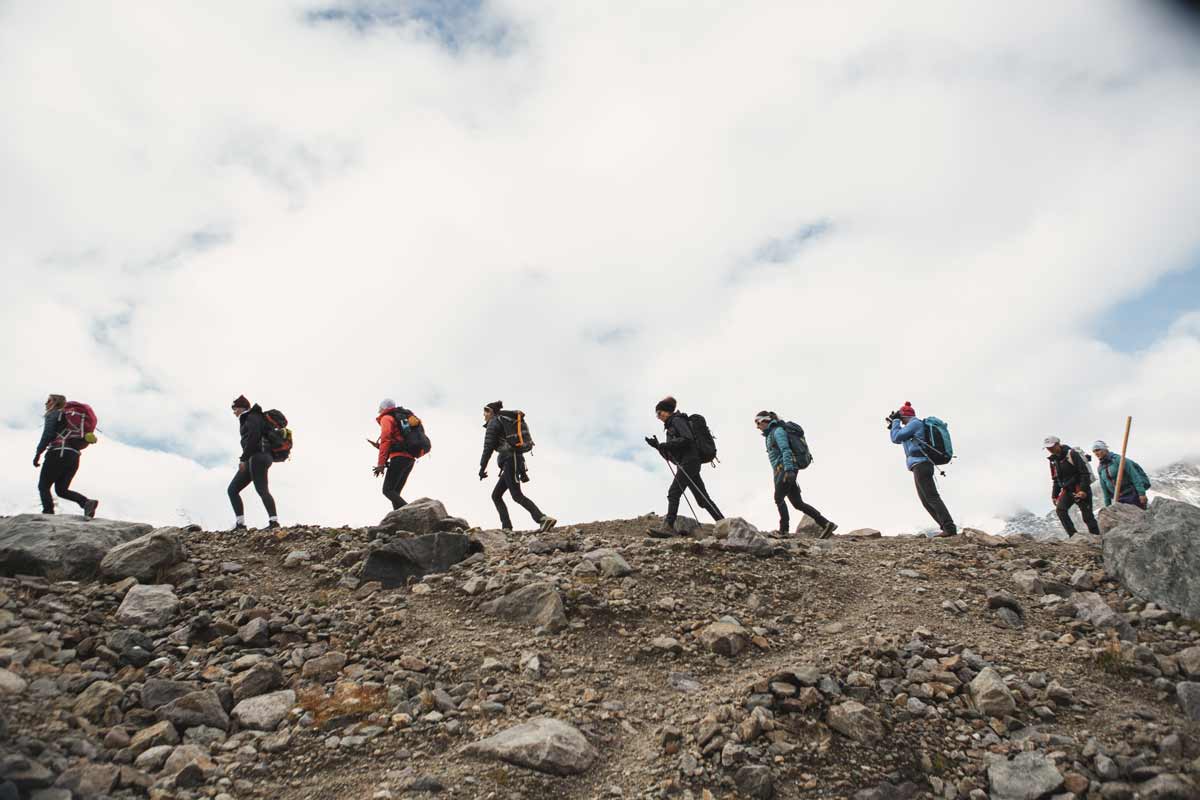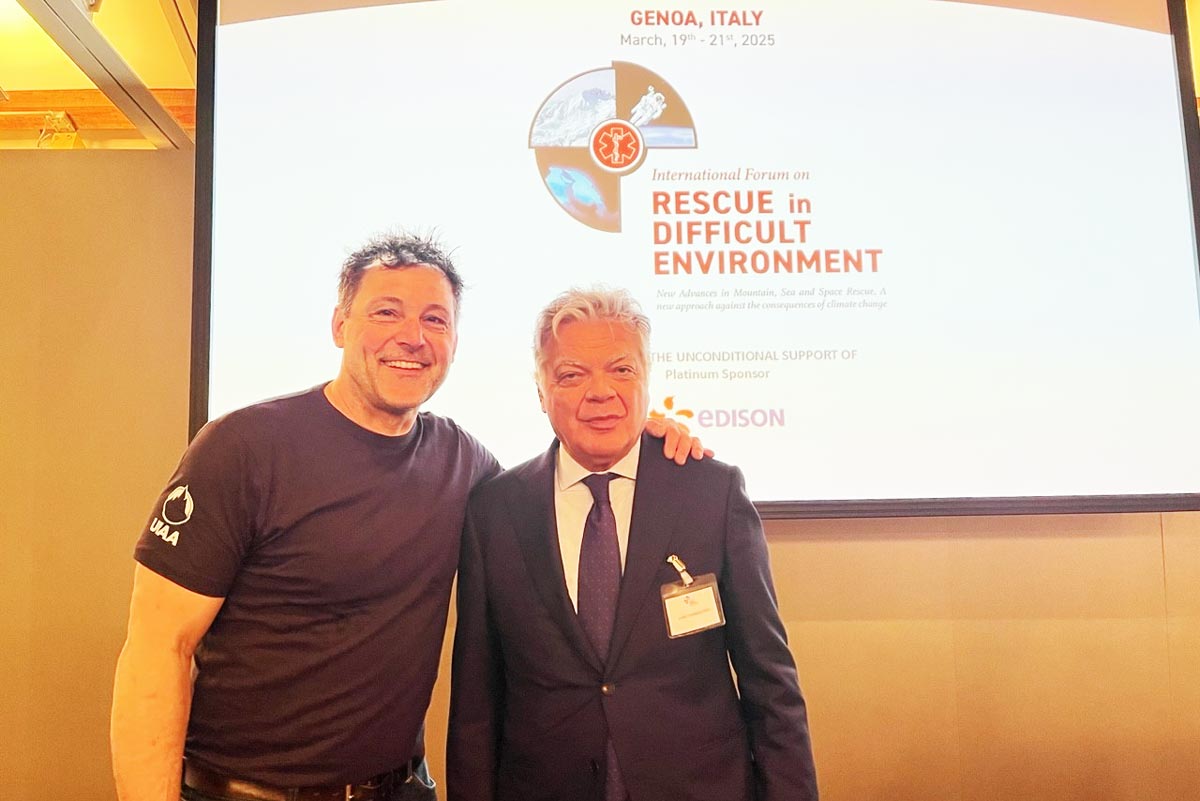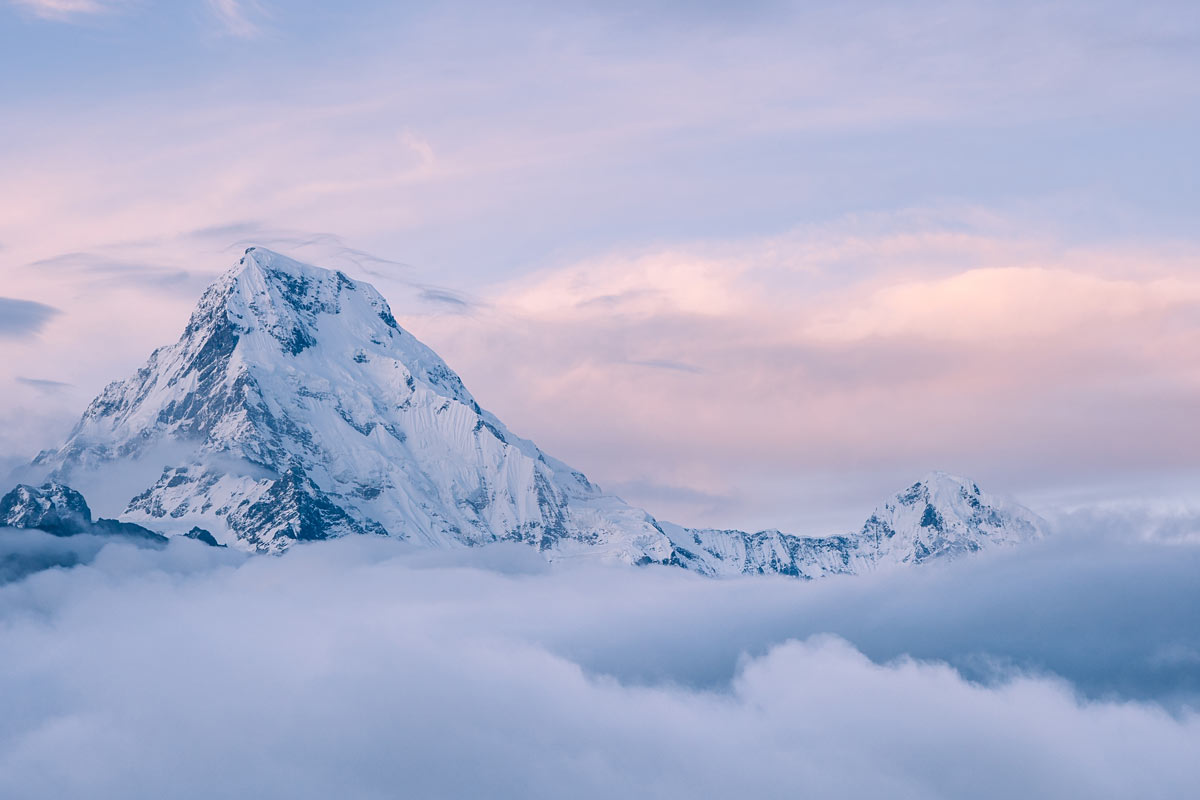Members of the UIAA Medical Commission, together with external experts, have played a leading role in the publication of a number of papers dedicated to women and mountaineering. These papers, the result of a number of years of dedicated research and work, have been published in the High Altitude Medicine & Biology journal.
The articles cover the topics listed below. A brief extract from the introduction to the article has been added. Please click on the hyperlink for access to the full paper:
Women’s Health at High Altitude
An Introduction to a 7-Part Series by the International Climbing and Mountaineering Federation Medical Commission
Women have traveled to high altitude since the beginning of modern mountaineering and in increasing numbers over the past few decades (Huey et al., 2020). The sex ratio of women engaged in mountain activities is significant, ranging from 15% of Everest climbers, to 40% of Everest trekkers, 33% of American Alpine Club outdoor climbers, and over 40% of Swiss Alpine Club members (Heissenbüttel, 2021; Huey et al., 2020; Keyes et al., 2016; Legot and AAC_members, 2021). Yet despite such participation rates, and distinct female specific features relevant to physiological adaptation and performance at high altitude—including menstruation, pregnancy, and postmenopausal changes—the published research on high-altitude medical conditions predominantly involves male subjects. Women in such studies tend to be in the minority—or completely excluded. Consequently, scant data exist for women’s health at high altitude, and there are correspondingly few female specific evidence-based recommendations (Jean and Moore, 2012; Jean et al., 2005; Keyes, 2015).
Nutrition in Women at High Altitude:
A Scoping Review— UIAA Medical Commission Recommendations
For physically active women sojourning at high altitude (>2,500 m), nutrition plays a key role in health, performance, and safety. While dietary concerns such as food composition, energy intake, absorption of nutrients, and fluid balance are important at any altitude, differences in metabolism at high altitude may result in short-term detrimental impacts to the body (Kechijian, 2011). Likewise, adequate energy availability is essential at any altitude, but high altitude plays a critical role in hypoxic adaptation, iron metabolism, training adaptation, injury and illness prevention, and hence high-altitude safety (Mountjoy et al., 2018). Because high-altitude exposure may result in increased energy expenditure, altitude-induced anorexia and reduced fluid intake, careful nutritional planning, and management for women physically active at high altitude are essential (Dunnwald et al., 2019).
Menopause and High Altitude
A Scoping Review—UIAA Medical Commission Recommendations
An increasing number of older people travel to high altitude, which means more menopausal women traveling to high altitude (Gautret et al., 2012; Keyes et al., 2016). The oldest woman to climb Mount Everest is Japanese Tamae Watanabe, who at 73 years old broke her previous record of summiting at age 63 (Venables, 2022). In 2019, Anne Lorimor, an American woman, set the record for the oldest person to summit Mount Kilimanjaro, at a stunning 89 years of age, narrowly beating another woman who summited at age 86 (Gluck, 2019). American Sharon Crawford still competes in ski mountaineering races at age 75 (Olivero, 2020). These are just a few instances of older female mountain enthusiasts whose example is followed by female mountain climbers and travelers of all ages.
High-Altitude Pulmonary Edema in Women
A Scoping Review—UIAA Medical Commission Recommendations
High-altitude pulmonary edema (HAPE) is a rare form of acute high-altitude illness. HAPE can progress rapidly and is particularly life threatening during expeditions with a limited rescue chain and medical care. However, to date little gender differentiated research has been conducted, despite the significantly increased proportion of women participating in high-altitude trekking and mountaineering over recent years (Huey et al., 2020; McIntosh et al., 2010).
Acute Mountain Sickness and High Altitude Cerebral Edema in Women
A Scoping Review—UIAA Medical Commission Recommendations
Acute mountain sickness (AMS) and high-altitude cerebral edema (HACE) are illnesses associated with rapid ascent to altitudes over 2,500 m in unacclimatized lowlanders (Roach et al., 2002). AMS is defined by a cluster of symptoms including primarily headache, along with malaise, poor appetite, nausea, dizziness, and sleep disturbances. Research tools used to define AMS include the Lake Louise Scoring System (LLSS) (Roach et al., 2018), the Environmental Symptoms Questionnaire III (ESQ-III) (Sampson et al., 1983), the Acute Mountain Sickness-Cerebral score (AMS-C) (Ahluwalia and Underwood, 2023), and the Hackett AMS score (Roeggla et al., 1996). HACE, thought to be the extreme manifestation of AMS, is notable for neurological signs such as ataxia, difficulty speaking, and decreased consciousness (Hackett and Roach, 2004; Wu et al., 2006).
A Scoping Review —UIAA Medical Commission Recommendations
For mountaineers in the harsh environment of high altitude (HA), cold temperatures can pose a serious health risk. The cold may inhibit physical performance, prevent safe and enjoyable mountaineering, and lead to injuries, the need for rescue and long-term morbidity. Although the objective risks of mountaineering are the same for women and men, it is not clear whether there are sex differences in susceptibility to cold and other injuries. Female mountaineers—like their male counterparts—may risk cold injuries or death as a consequence of HA illness, exhaustion, avalanche, or trauma, especially at extreme altitude (Firth et al., 2008).
Additional papers are expected to be published in the coming months. The papers linked above are available, free of access restrictions, for twelve months. The UIAA Medical Commission will also work on a paper which will consolidate findings from these different articles with the scope of updating the existing UIAA paper ‘12’ Women Going to Altitude.
Women at altitude was also the subject of a special conference hosted by the UIAA in 2022. A number of authors from the papers listed above contributed to different presentations:
For full details on the UIAA’s advice papers please click here.



